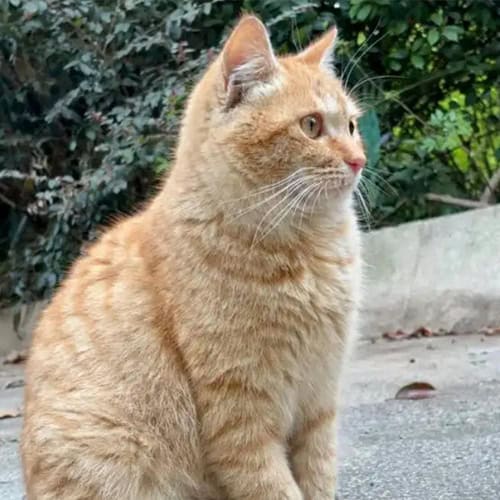Ever fed a stray cat for weeks, solely to have them vanish one day? You’re now not alone—and there’s normally a cause in the back of it.
Here’s the place these kitties have a tendency to go:
They determined a higher “diner”
Sometimes, cats simply comply with the food. Take this man who fed a tabby each nighttime for months—until one day, the cat used to be gone. Turns out his next-door neighbor had commenced leaving out sparkling cooked chicken, and the tabby had in reality upgraded. Cats are sensible that way: if someone’s providing tastier chow (or extra of it), they’ll pack their luggage (metaphorically, of course) and cross on. He noticed the cat later, plump and content, simply ingesting at a distinctive “restaurant.”

A loud noise scared them away
Stray cats are jumpy—loud sounds ship them going for walks for cover. One calico that hung round a café parking lot vanished in the course of avenue repairs nearby. The jackhammers, yelling workers, and clattering equipment spooked her so awful she bolted. She didn’t come again for weeks, and when she did, she used to be skinny and skittish—took months of slow, mild feedings earlier than she’d let all and sundry pet her again.
Tough good fortune caught up to them
Life on the streets is hard, and horrific matters show up fast. A protection protect observed a black stray he’d grown used to seeing useless close to a busy street one morning—kibble scattered beside her, like she’d been darting throughout for meals when a auto hit her. Strays face so much: freezing winters, empty bellies, and busy streets. It’s no surprise over 60% don’t stay previous three years old.
Someone harm them
Not all human beings are kind—and some go out of their way to damage strays. A total team of cats that hung round a nearby park vanished overnight. Later, anybody observed bowls of poisoned meals tucked beneath a bush. Other strays get trapped and offered illegally, too. Cats take note danger—even the ones that live on will conceal for months, too scared to come out.

They wandered off for love (or kittens)
Spring brings out the wanderlust in unfixed cats. Males will chase ladies for miles, no rely how acquainted their traditional spot is. One orange tom that visited a family’s porch each night time stopped displaying up—turns out, neighbors noticed him throughout city a few weeks later, sitting defend over a calico and her litter of kittens. He’d started out a household and by no means appeared back.
They hid to die, quietly
Old or unwell strays frequently vanish when they’re hurting. A girl had fed a skinny white cat in the back of her save for years—one day, the cat rubbed her leg more hard, like it was once announcing goodbye, then limped into the woods nearby. She in no way noticed it again. Cats do that: when they’re in pain, they are seeking for out quiet, hidden spots to be alone.
Why Bother Feeding Them, Then?
People who feed strays recognize most won’t stick around. They understand the risks. But they maintain doing it anyway. One girl summed it up simply: “I can’t retailer each stray out there. But tonight? That bowl of kibble I put out capability at least one cat won’t go to sleep hungry.”
That’s the coronary heart of it—no huge promises, no guarantees. Just small, regular kindnesses, for as lengthy as these cats are around.

